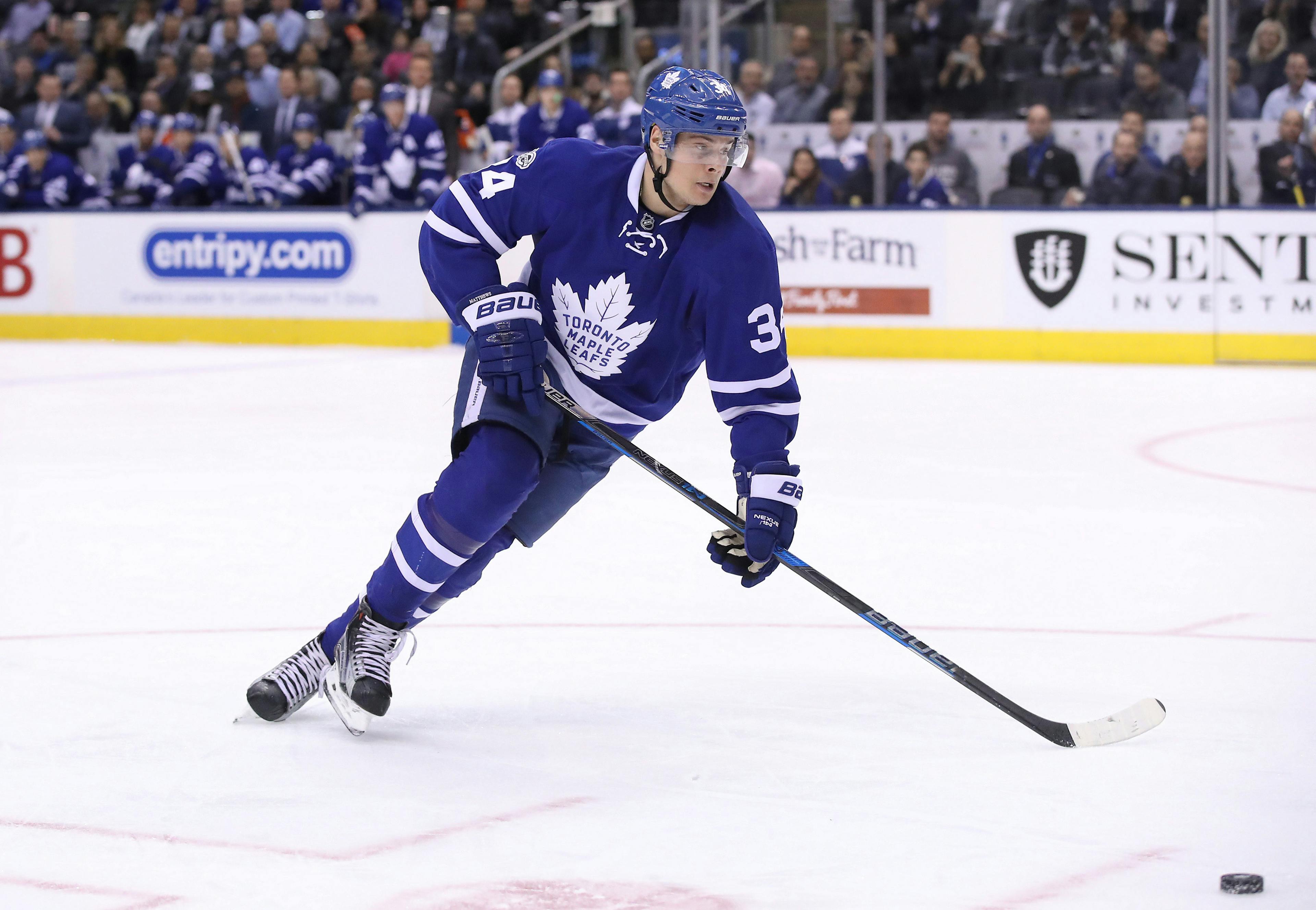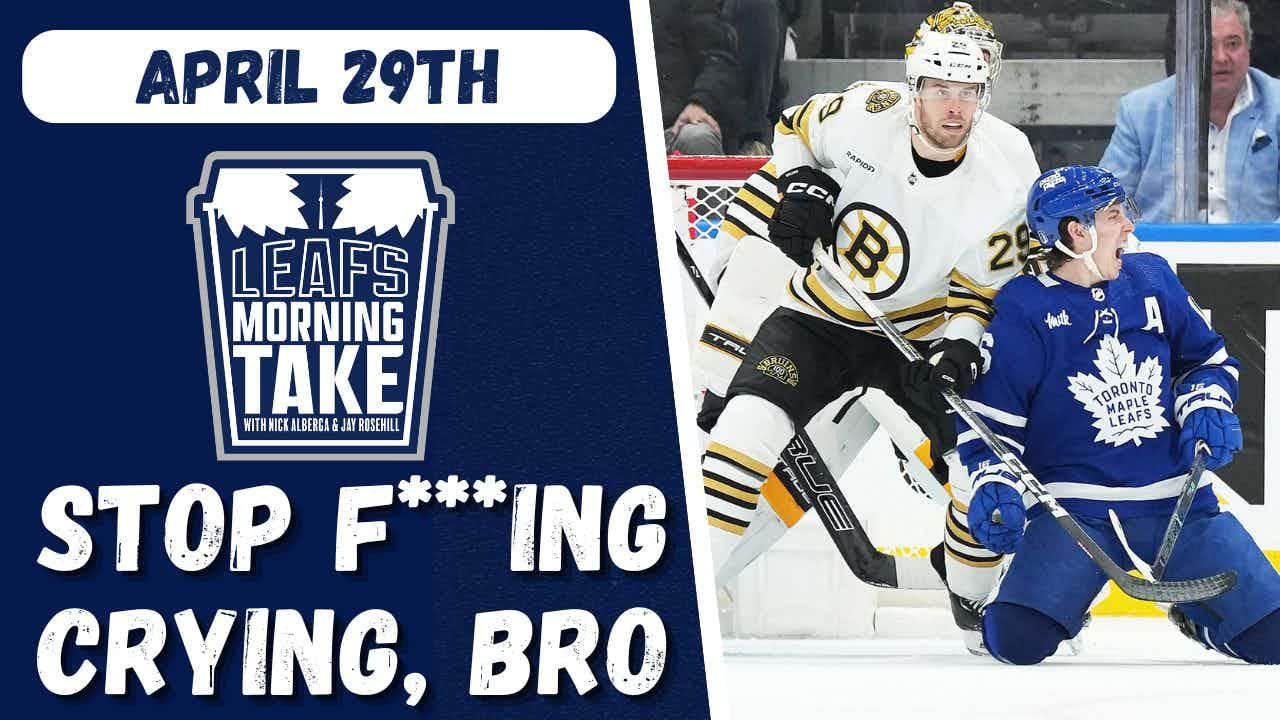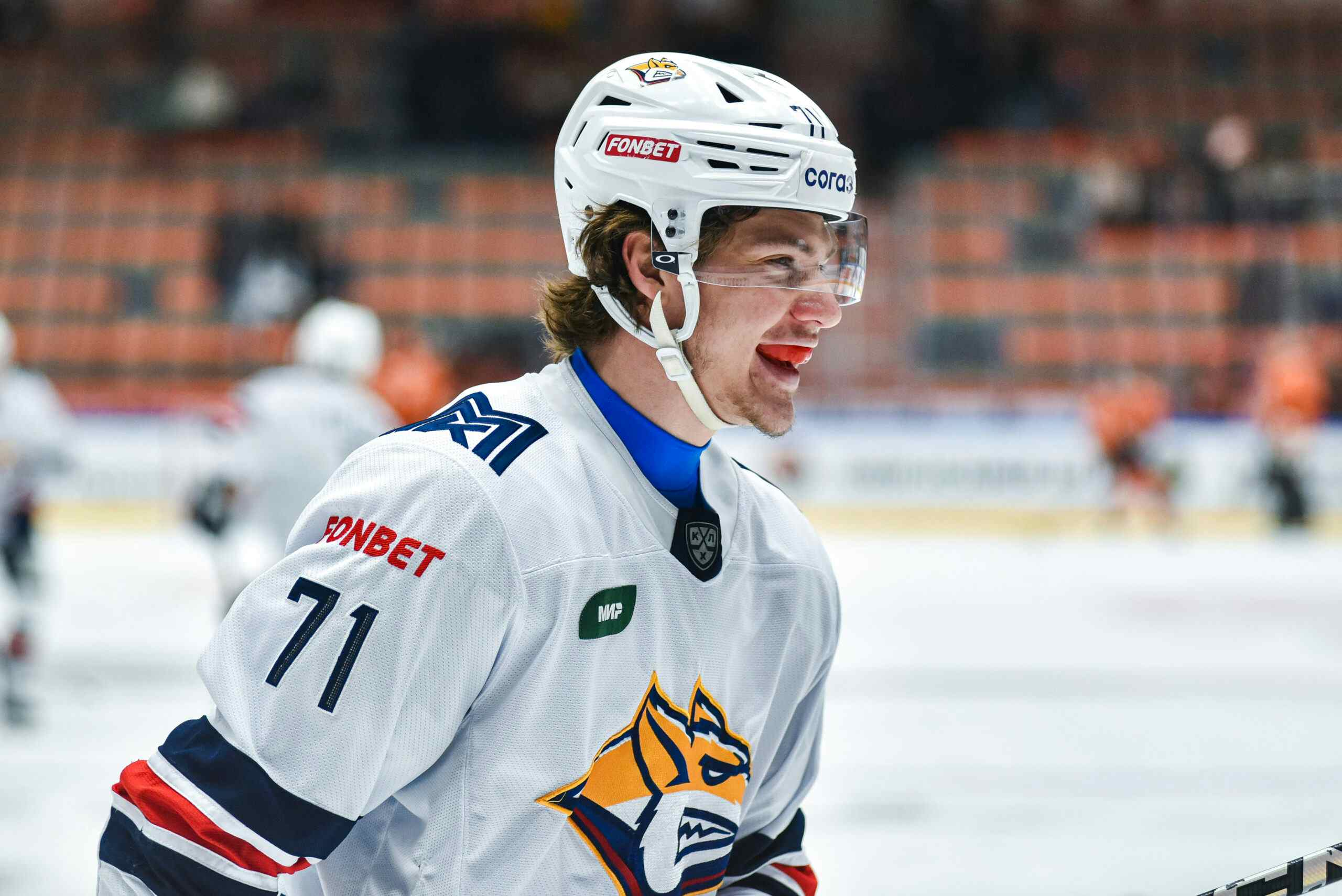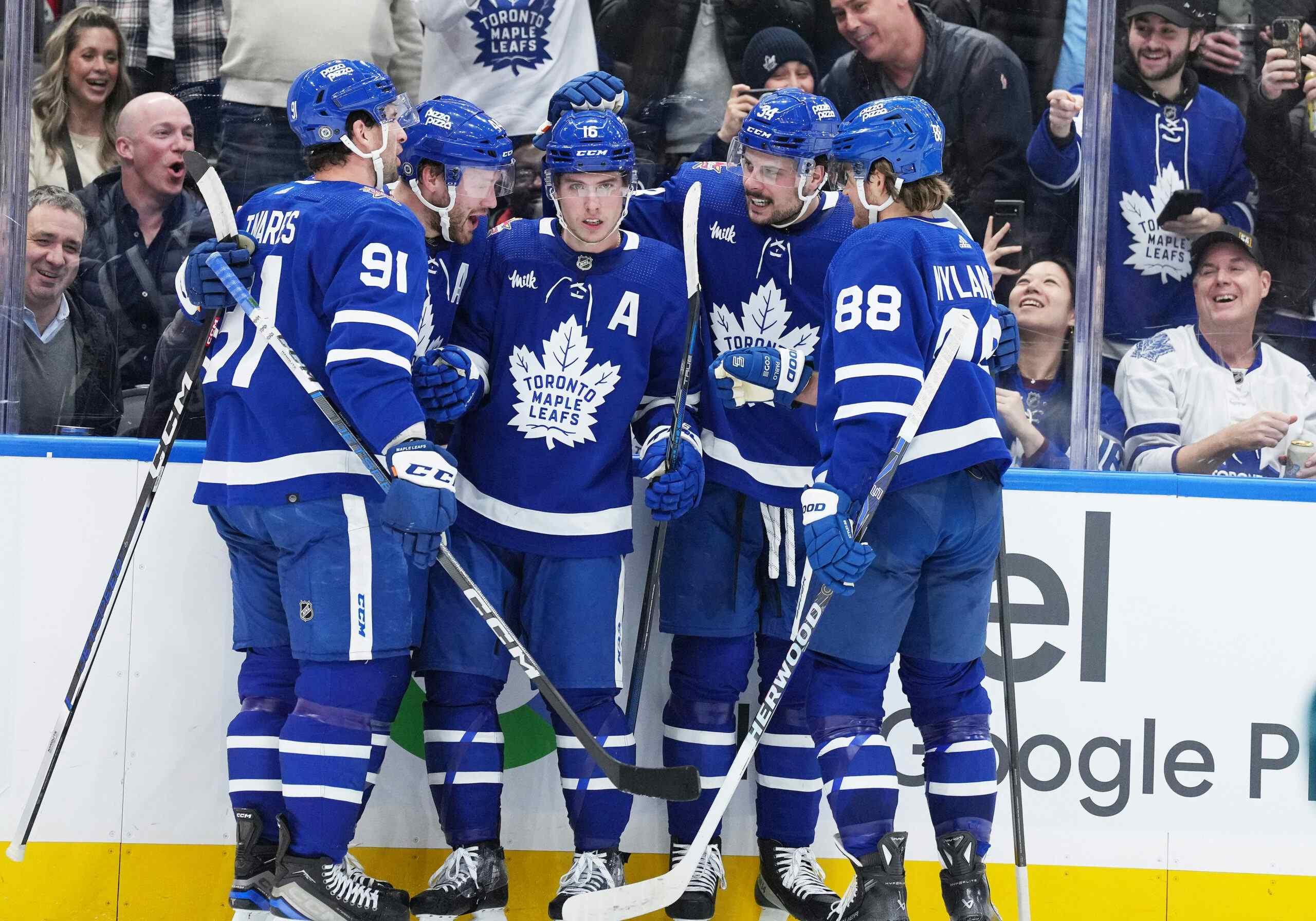Introducing a New WAR model: Part 3 – Expected Point Production

By Ian Tulloch
6 years agoThis is the third instalment of my 5-part WAR series. Here are the links to the other sections:
- Part 1: Introduction
- Part 2: Shot Impact
- Part 3: Expected Point Production
- Part 4: Extras
- Part 5: Data Release
We know that players can impact the total number of shots and, to an extent, the quality of shots while they’re on the ice, but what about the percentage of those shots becoming goals? It’s been proven time and time again that players cannot impact their team’s save percentage, but forwards can impact their team’s shooting percentage when they’re on the ice. Unfortunately, defencemen can’t impact shooting percentage to the same degree, so we’re going to exclude them from this next section (we’ll get back to them later, I promise).
Expected Point Production
This is where the fancy stats and traditional crowd can finally agree on something: points matter. Forwards who consistently put up lots of even strength points are typically able to drive a higher On Ice Shooting Percentage, whereas players who never score will tend to have a lower On Ice Shooting Percentages. Shot differentials are great, but if your team isn’t able to put the puck in the net when you’re on the ice, all of a sudden they’re not as valuable.
Rather than looking at what a player’s done, I wanted to focus on what we can expect them to do in the future. So instead of relying on a player’s previous Points per 60, I’ve come up with a way to determine their Expected Point Production. Let’s start with Goals:
Expected Goals per 60
What’s funny is that this stat already exists (“ixG/60” on Corsica), but I’ve made a slight adjustment to it. Corsica’s version of this stat is fantastic for determining how many goals an average NHL shooter can be expected to score per 60 minutes based on their shot locations, but unfortunately it doesn’t take shooter talent into account. Intuitively, we know that Steven Stamkos is going to score more goals from the top of the circle than Brandon Bollig, but how do we mathematically account for that difference in shooter talent? This is where my adjustment comes in.
I looked at the difference between players’ G/60 and ixG/60 since 2012, regressing for players with small samples (DTMAboutHeart found that Sh% normalizes at ~375 shots for forwards). The difference between players’ G/60 and ixG/60 tells us how well they’ve been able to historically outperform (or underperform) their Expected Goals. For fun, here’s a look at the Top 10 outperformers & Bottom 10 underperformers in the metric that I like to call “Goals Above Expected.” (Full set of data available here)


Side note: net front guys like Hornqvist/Parise/Gallagher/etc. tend to score fewer Goals than “Expected” because they’re constantly taking off-balance shots from dangerous areas (as opposed to most players who tend to get those chances on odd-man rushes/defensive breakdowns)
I simply take that number, add it to the player’s ixG/60 from Corsica, and I now have an Expected Goals per 60 stat that’s been adjusted for shooter talent. This is a great way of normalizing shooting luck, giving us the number of goals a player should have scored per 60 minutes based on the chances they generated and their historical ability to outperform their expected goals. For example, let’s take a look at the poster boy for unsustainable shooting percentage last year:

Oshie is a great shooter, but he also had a golden horseshoe stuck up his ass last season; his 5v5 shooting percentage was 25%. It doesn’t take complex math to know that he can’t possibly sustain that scoring rate. Based on the chances he was generating and his historical shooting ability, we would expect him to score 0.92 Goals per 60 minutes at 5v5 (~14 in total), not the absurd 1.54 Goals per 60 and 23 total 5v5 goals that he scored last year. Expect some serious regression next year, Caps fans.
Expected Primary (and Secondary) Assists per 60
Ryan Stimson is love, Ryan Stimson is life. If you haven’t read this piece yet, please do so immediately. To make a long story short, Stimson and his team of volunteer trackers have been tracking passing data for the past three seasons. Using all of the cool data they’ve compiled (shot assists, passes from behind the net, passes crossing the royal road, passes into the slot, etc.), Stimson came up with a metric that predicts primary assists better than previous primary assists. He calls it Expected Primary Assists per 60 (creative name, I know). He also has an Expected Secondary Assists per 60 stat.
His latest data release was for players from 2015-2017, which can be found here. I used these numbers for players in 2015-2016 and 2016-2017, since they’re significantly more repeatable and predictive of future assists. For the 2014-2015 season, I compiled this data from Corey Sznajder and used Shot Assists as a proxy for Expected Primary Assists (and Secondary Shot Assists as a proxy for Expected Secondary Assists). For any players whose passing data was not available, I used their Primary Assists and Secondary Assists per 60 for that season, heavily regressing their numbers so that it matched the distribution of Expected Primary & Secondary Assists per 60.
Expected Points per 60
So we have players’ individual Expected Goals per 60, their Expected Primary Assists per 60, and their Expected Secondary Assists per 60. I figured this would be of great interest to hockey fans, so here’s a link to the google sheet where you can see players’ Expected Points per 60 in each of the last three seasons. For fun, here’s a sneak peak at the Top 20 Forwards last year in Expected Points per 60:

Thanks to the wonderful Sean Tierney (who is a must follow on Twitter @ChartingHockey for hockey nerds), we have some lovely interactive charts on Tableau to show you that do a great job of visualizing this data. I highly recommend checking out that link so you can click on each team to get a better look at the data, but for those of you who don’t feel like opening a new tab, here’s a quick look at them:



Blending These Numbers
Expected Goals, Primary Assists, and Secondary Assists are fun, but now we need to figure out how heavily we’re weighting each of them. DTMAboutHeart did some great work here using machine learning techniques to determine how much each stat predicts future goal scoring. Here’s a quick visual of what he found (forwards are in blue).

Using these weights, I subtracted each player’s weighted Points per 60 by league average, then defined replacement level.
Weighting Point Production vs. Shot Impact
I debated for a long time on how heavily I was going to weight point production relative to 5v5 Shot Impact. Some models like Dom Luszczyszyn’s Game Score have point production mattering more, while some like DTMAboutHeart’s WAR model consider shot impact more important. I decided that I would settle right in between these two, weighting Expected Point Production equally with 5v5 Impact.
Like I said in the introduction, there are many different ways of weighting these things. I’m not sure if my way is necessarily the best method, but after tinkering with the formula countless times, I found that using a 50-50 blend of Expected Offence and 5v5 Shot Impact gave me the most satisfying results.
So…What About Defencemen?
Like we discussed before, defencemen can’t significantly impact their team’s On-Ice Shooting Percentage.

In theory this makes sense, since forwards create the majority of scoring chances. This leads me to believe that we’re going about player evaluation wrong when we look defencemen’s Point totals. I tend to agree with Tyler Dellow when he describes why he doesn’t value 5v5 Points from defencemen, since they’re indicative of the defenceman’s involvement in the offence, not their impact on the team’s goal scoring. There’s a great segment with Dellow on The Hockey PDOcast starting at 19:46 where he breaks down his reasoning, I highly recommend listening to it.
At the end of the day, you want to drive goal differential. When you consider that defencemen’s high point totals don’t significantly impact their team’s shooting percentage, you begin to realize that they’re really not that important towards driving results. For this reason, I weight 5v5 Shot Impact much heavier towards defencemen’s overall value than I do for forwards in my formula.
So if they can’t impact their teammates’ shooting percentage, what can they do to generate offence outside of shot generation?
After thinking about it for a while, I realized that defencemen can influence their own shooting percentage with a skill Justin Bourne likes to call “shooting the puck in the net”. It sounds so simple, but it’s really important. Like I brought up earlier, some players have an ability to consistently outperform their Expected Goals numbers by scoring from areas that other humans can’t.
Failed to load video.
Remember that cool Goals Above Expected stat we looked at for forwards? Here’s a look at the Top 20 Defencemen in that very same stat, which looks at how well players have outperformed their Expected Goals numbers since 2012 (after regressing for players with small samples).

Karlsson and Burns at the top, great offensive defencemen like Subban and Hedman in the mix, Chara’s booming slapshot – this list more or less passes the sniff test. I simply take their Goals Above Expected per 60, define replacement level, pro-rate it for how many minutes they played, and I have their Shooting Talent Above Replacement. This is the metric I used to determine defencemen’s offensive impact, although it’s worth noting that their 5v5 Shot Impact is significantly more important towards their overall value.
That pretty much wraps up today’s segment. Be sure to check out Part 4, where we dive into fun stuff like penalty differential, the power play, and yes, faceoffs!
Recent articles from Ian Tulloch





